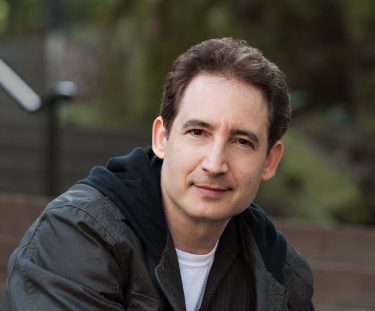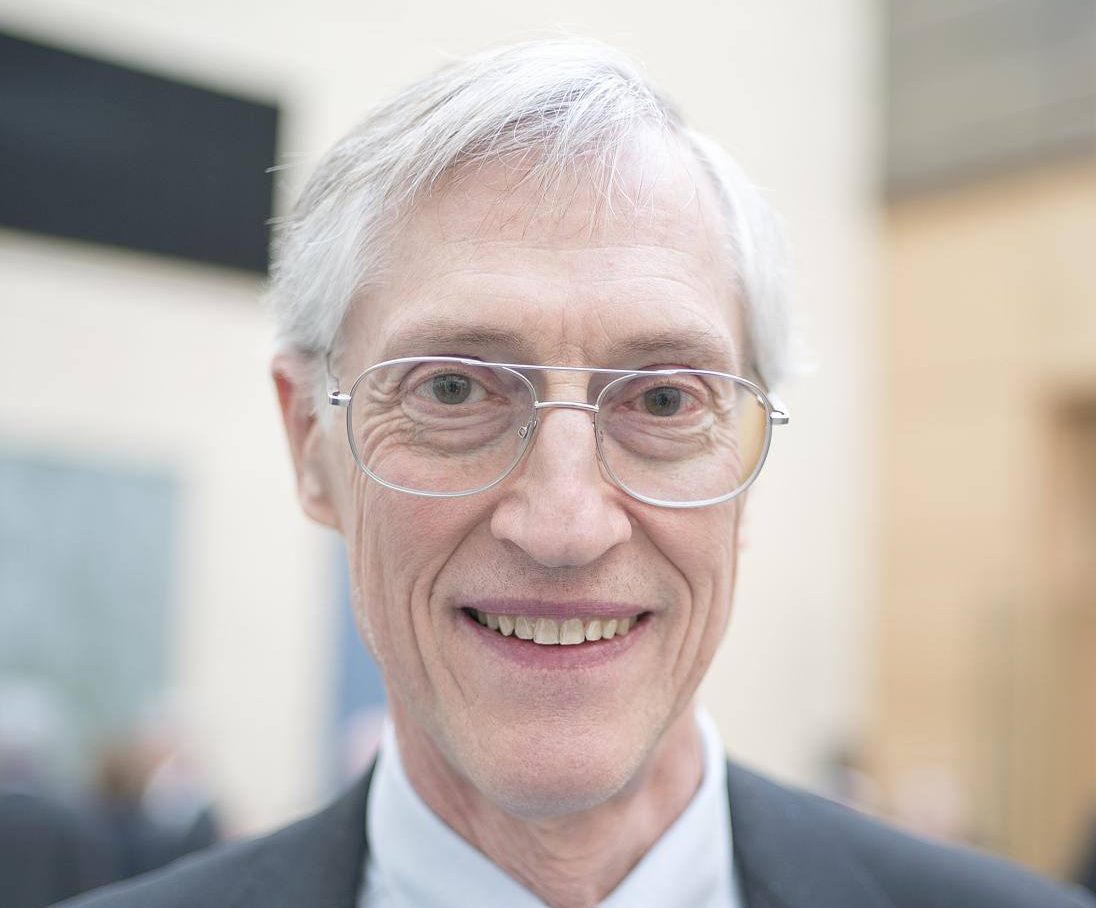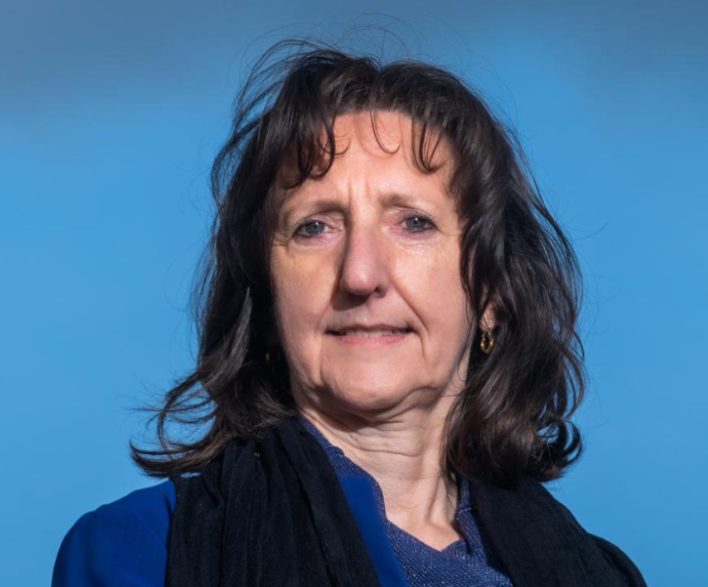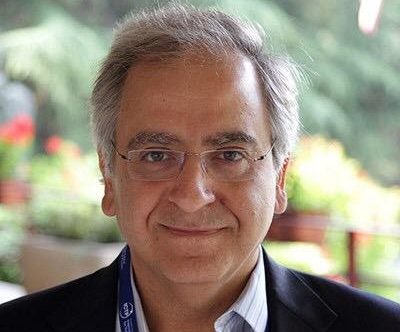Immerse yourself in college-level courses taught by Nobel Laureates, visionary thinkers, and extraordinary teachers.
Study with Nobel laureates, prominent educators, and world-renowned scientists
Featured Courses
Science education redefined
Taught by world-renowned scientists
Visually rich, highly-produced courses
Deepen your understanding of advanced scientific concepts through lectures, animations and interactive demonstrations.
Self-paced courses in diverse scientific disciplines
Take courses designed specifically for WSU on your own schedule.
College-level courses with the best scientists in the world

Brian Greene
Brian Greene is a professor of physics and mathematics at Columbia University, where he also serves as the director of Columbia’s Center for Theoretical Physics. Greene is recognized for a number of groundbreaking discoveries in his field of superstring theory, including the co-discovery of mirror symmetry and the discovery of spatial topology change. His books—The Elegant Universe, The Fabric of the Cosmos, and The Hidden Reality—have collectively spent over 67 weeks on The New York Times bestseller list, and were the basis of two award-winning NOVA mini-series, which he hosted. In 2008, Greene co-founded the World Science Festival, where he serves as Chairman of the Board. His latest book, Until the End of Time: Mind, Matter, and Our Search for Meaning in an Evolving Universe, was released in 2020.

John Mather
Nobel LaureateDr. John C. Mather is a Senior Astrophysicist in the Observational Cosmology Laboratory at NASA’s Goddard Space Flight Center. His research centers on infrared astronomy and cosmology. As an NRC postdoctoral fellow at the Goddard Institute for Space Studies in New York City from 1974-76, he led the proposal efforts for the Cosmic Background Explorer. He served as the Study Scientist at Goddard Space Flight Center from 1976-88 and Project Scientist from 1988-98, and was also the Principal Investigator for the Far IR Absolute Spectrophotometer (FIRAS) on COBE. He showed that the cosmic microwave background radiation has a blackbody spectrum within 50 ppm.
As Senior Project Scientist (1995-present) for the James Webb Space Telescope, he leads the science team, and represents scientific interests within the project management. He has served on advisory and working groups for the National Academy of Sciences, NASA, and the NSF (for the ALMA, the Atacama Large Millimeter Array, and for the CARA, the Center for Astrophysical Research in the Antarctic). He has received many awards including the Nobel Prize in Physics, 2006, for his precise measurements of the cosmic microwave background radiation using the COBE satellite.

Cristina Alberini
Cristina Maria Alberini is a neuroscientist who studies the biological mechanisms of long-term memory. She is a Professor in Neuroscience at the Center for Neural Science in New York University, and adjunct professor at the Departments of Neuroscience, Psychiatry, and Structural and Chemical Biology at the Icahn School of Medicine at Mount Sinai in New York.
Her research focuses on understanding the cellular and molecular mechanisms underlying the stabilization, storage, and consolidation of long-term memories. Another part of her research involved the study of memory retrieval and reconsolidation.
In 2017 she was elected to the Dana Alliance for Brain Initiatives and awarded the Lombardy Region Rosa Camuna Award in 2019. In 2022 she was appointed as a Member of the American Academy of Arts and Sciences.

Conny Aerts
Professor Aerts has spent most of her career researching the structure and evolution of stars — especially the heaviest and brightest ones — pioneering studies in stellar rotation, convection and chemical-element transport. She has developed mathematical methods to identify non-radial stellar oscillations in spectroscopic data, and used machine-learning techniques to classify many kinds of variable stars using observations from the CoRoT, Kepler and TESS space missions. Among these objects, she has detected numerous so-called gravity-mode pulsators.

Nim Tottenham
Professor Nim Tottenham is a developmental neuroscientist and professor of psychology at Columbia University, where she leads the Developmental Affective Neuroscience Laboratory. Her research focuses on changes in amygdala-prefrontal cortex circuitry across childhood and adolescence and the effect of early experiences on how these circuits develop.
Professor Tottenham is a Fellow of the Association for Psychological Science and of the Society for Experimental Psychologists and has received several prestigious awards for her contributions to developmental neuroscience, including the National Academy of Sciences Troland Research Award. One of her most cited works is the NimStim set of facial expressions, consisting of 672 photographs of various facial expressions, which is used widely in research on working memory, self-regulation, and clinical disorders. Her scientific contributions in developmental neuroscience have also been recognized by the American Psychological Association’s Distinguished Scientific Award for Early Career Contribution to Psychology, the Flux Award, and the American Psychosomatic Society.

Cumrun Vafa
Cumrun Vafa is a theoretical physicist who received his BS in Math and Physics from MIT in 1981 and his PhD in Physics from Princeton University in 1985 under the direction of Edward Witten. After completing his studies, he joined the faculty at Harvard University, where he has been teaching ever since. In 2018, he was appointed Harvard’s Hollis Professor of Mathematicks and Natural Philosophy.
Vafa’s primary area of research is string theory, which is at the forefront of efforts by theoretical physicists to find a unified fundamental theory of nature in a consistent quantum theory. The study of string theory involves investigating the mysteries of confinement of quarks inside atomic nuclei and exploring the enigmatic properties of astrophysical objects such as black holes. As a result, string theory is at the crossroads of many fields, including mathematics, particle phenomenology, and astrophysics. Vafa’s research has involved all these aspects, and he has made significant contributions to the field of string theory. One of Vafa’s most notable contributions is his work on the Bekenstein-Hawking entropy, which describes the amount of entropy that a black hole can have. He has also worked on topological strings, which aim to elucidate new mathematics originating from string theory and use these techniques to uncover the mysteries of black holes. In addition to his research, Vafa has authored over 300 research articles in the fields of string theory, mathematics, and physics.
Vafa’s groundbreaking contributions to string theory have earned him many accolades throughout his career. He is a member of both the American Academy of Arts and Sciences and the National Academy of Sciences and has received a number of awards and recognitions for his work, including the Dirac Medal of ICTP, the AMS Leonard Eisenbud Prize for Math and Physics, the APS Dannie Heineman Prize in Mathematical Physics, and the 2017 Breakthrough Prize in Fundamental Physics. His research and teaching continue to have a profound impact on the field of theoretical physics.
Our Global Impact
Universal access to courses taught by world-renowned scientists provides the opportunity to take courses from across the globe.
Subscribe to Our Newsletter!
Never miss our latest courses, news, and offers.
World Science Scholars
We are invested in the future of science education
The World Science Scholars program provides an unparalleled opportunity for extraordinarily gifted high school students from around the world to explore cutting-edge scientific research with world-renowned scientists.
Frequently Asked Questions
Why was World Science U founded?
World Science U was founded in 2014 to offer students and learners of all ages the opportunity to engage more deeply with scientific material taught by leading scientists.
Are there prerequisites for any of the courses?
While some general knowledge of the course’s field of science may be helpful when taking a course, courses do not have prerequisites.
Do courses have a set schedule?
All courses are designed to be taken asynchronously, at a pace set by the learner. The time commitment varies by course. For more information on a course’s length, check its course page. Some courses will have synchronous video calls that learners can attend; these sessions will be recorded in the event that a learner is unable to attend.
How much do courses cost?
Some courses offer both a free and a paid version. In the paid version of the course, you can receive feedback on your work from a subject-matter expert, and can also participate in discussions with other learners. Students in the paid version of a course will also receive a certificate. For more information, visit the Learning Models page.
Are the online courses accessible?
All courses are designed to be fully accessible. If you encounter any issues, please let us know by visiting our Contact Us page.